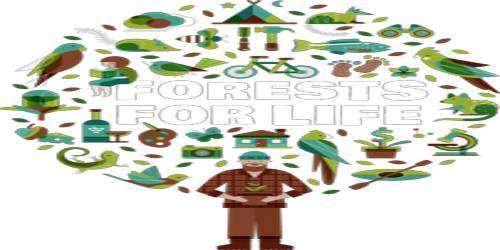Forests and Life
To a vast number of tribal people, the forest is a home, a livelihood, their very existence. Millions of people around the world depend on forests for medicine, building materials, fuel, income, and food. It provides them food, fruits of all kinds, edible leaves, honey, nourishing roots and wild game. It provides them with material to build their houses and items for practicing their arts. In many developing countries, forest foods represent a much-needed safety net, helping people get by between harvest seasons, when crops fail or during times of drought, famine, or social strife.
The importance of forests in the tribal economy is well-known as they are the source of sustenance and livelihood for tribal communities in the Indian subcontinent. It is commonly believed that the tribal communities live in harmony with nature and protect forests. Out of a total of 593 districts, 187 (2001) have been identified as tribal districts in India. The tribal districts account for about 59.8 percent of the total forest cover of the country whereas the geographical area of 187 tribal districts forms only 33.6 percent of the total geographical area of the country. It demonstrates that tribal districts are generally rich in forest cover.
Forest and tribals are very closely related. The age-old knowledge of tribals regarding forestry can be used in the development of forests. Rather than treating tribals as minor forest produce collectors they should be made growers of minor forest produce and encouraged to participate in conservation.















